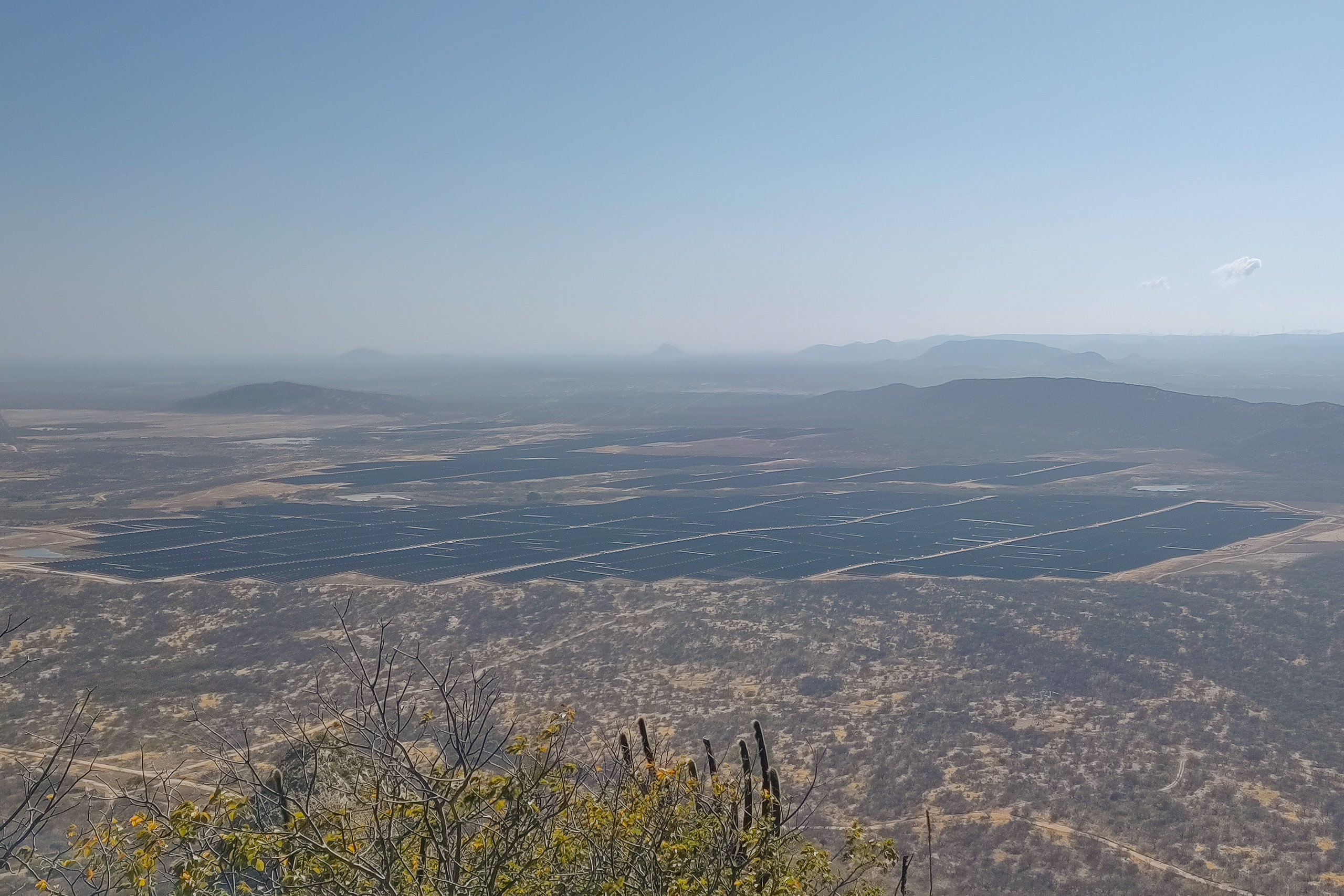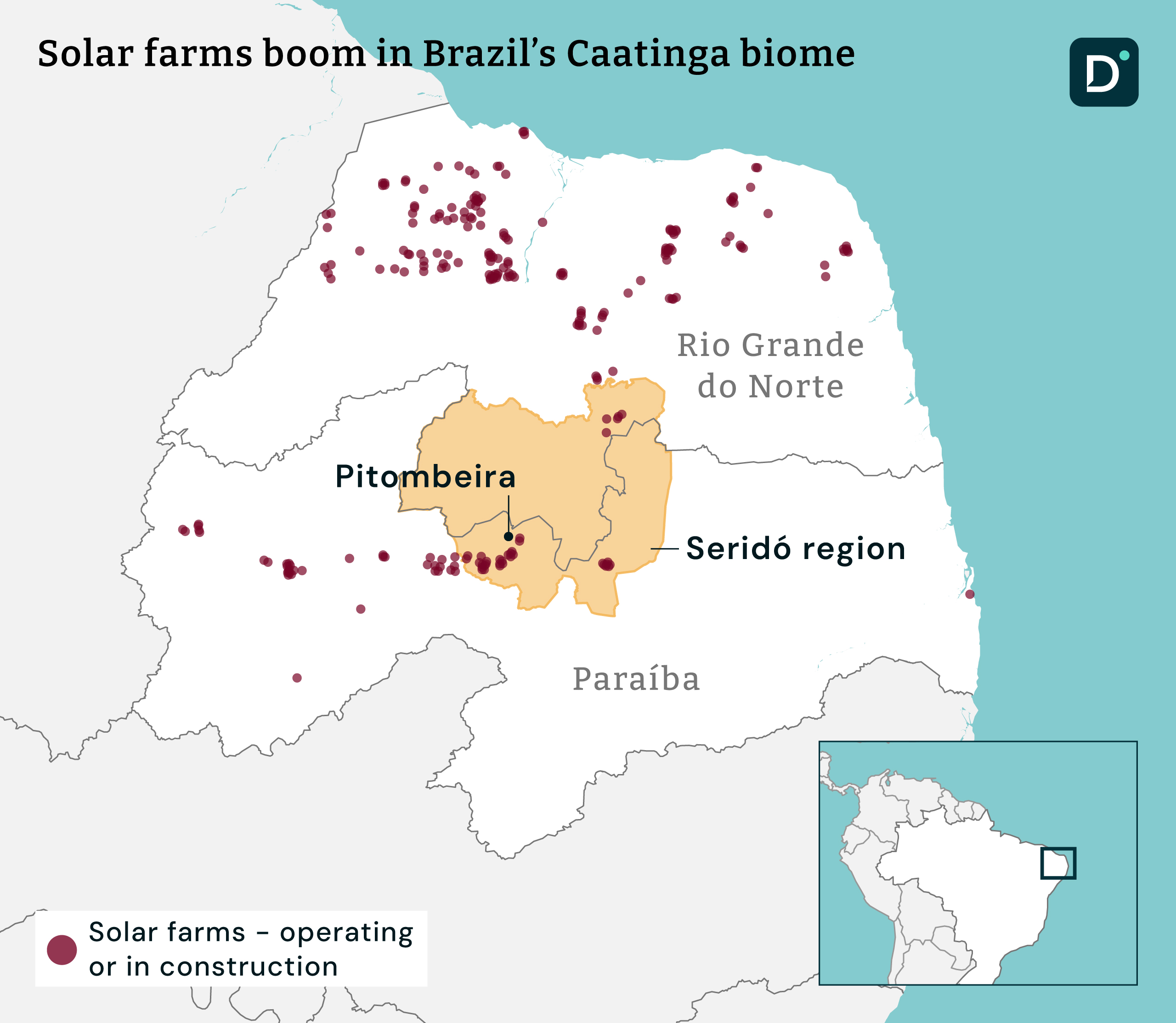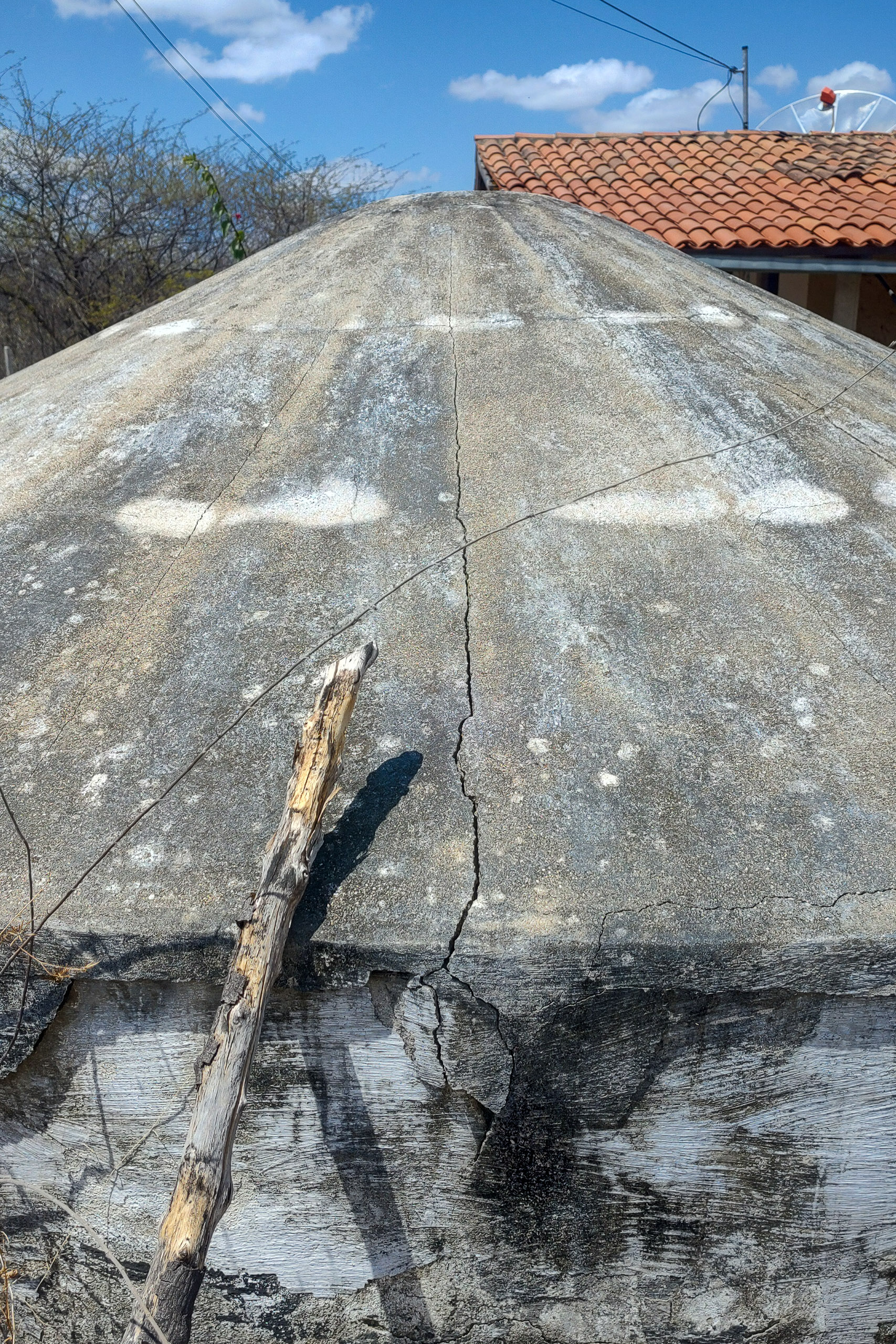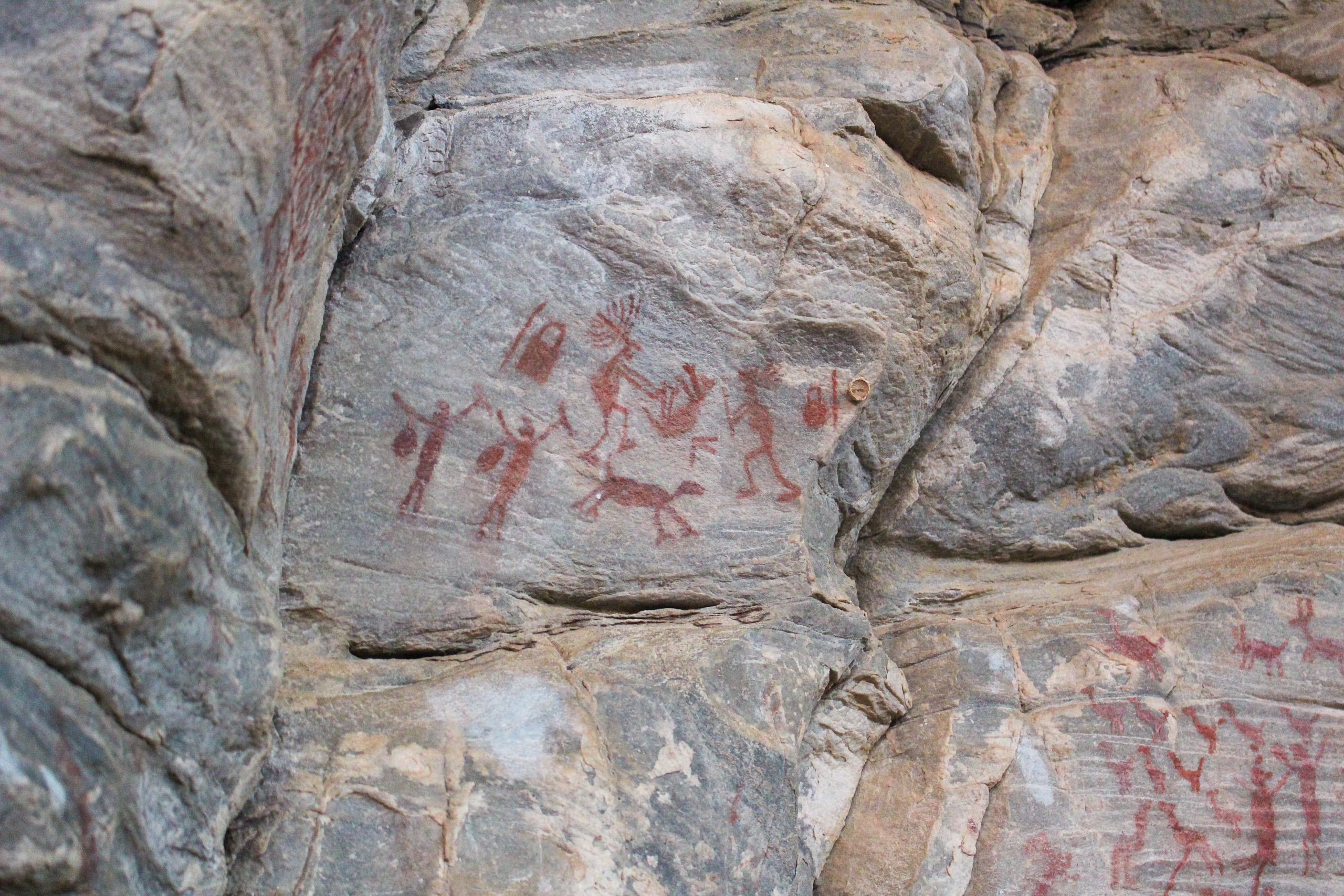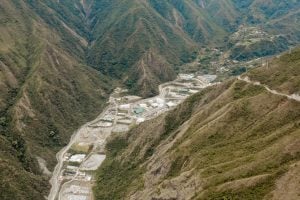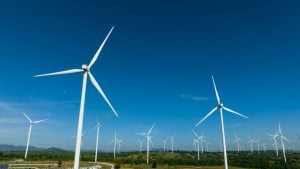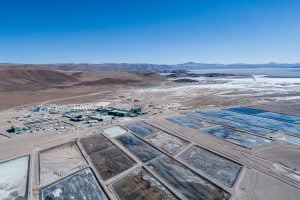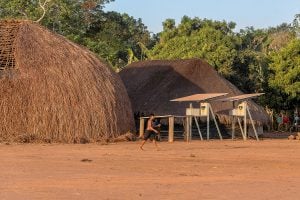The rapid expansion of solar power plants in a semi-arid region of north-eastern Brazil is destroying the environment and impacting agriculture, according to locals. Rural communities across two states in the Seridó, a region which is home to a Unesco-recognised geopark, say they have had problems with developers.
Three quilombola communities – those formed by descendants of enslaved African people – and a rural village in the state of Paraíba say traditional ways of life are being affected. To the north in Rio Grande do Norte, quilombola groups say they are suffering from the deforestation of the Caatinga, a vast, semi-arid shrubland biome.
The Caatinga, which has the greatest biodiversity of any semi-arid region in the world, is one of the ecosystems least resilient to climate change in Brazil. It is estimated that 10% of its territory is in the process of desertification. In some villages, rivers have dried up and houses have been abandoned.
Dialogue Earth’s analysis of data published by the National Institute for Space Research’s Terra Brasilis platform shows that only 8.8% of the Caatinga is protected in conservation areas. In the last two years, around 1,000 hectares of the biome in Paraíba state have been cleared to build renewable energy plants, according to data from the MapBiomas platform. In Rio Grande do Norte, deforestation for the same purpose reportedly totalled 1,600 hectares over the same period.
Impact of solar farm developments
In the north of Paraíba, São Paulo-based company Rio Alto operates the Santa Luzia solar complex, a project that will consist of 28 power plants neighbouring the area of the Pitombeira quilombola community, where around 70 families live.
When construction began in 2022, the state government labelled the project as the largest solar facility in the country. The first plant went into operation in September, and the others should start operating by 2027, totalling more than 2.6 million photovoltaic panels and 1.4 gigawatts of installed capacity. To achieve this, up to 1,500 hectares could be cleared, Rio Alto said. Residents of the Pitombeira community say dynamite explosions during construction have caused cracks in cisterns and the walls of several houses, and that the project has already silted up rivers in the neighbourhood.
“The water in the Sabugi River used to be clear and now it’s muddy. Where it used to be fished, it’s no longer fished,” says José Amaro da Silva, president of the State Coordination of Black and Quilombola Communities.
Rio Alto claims its activities have no impact on the Sabugi River and that it analysed the waters of another nearby watercourse, the Riacho do Rolo, last year, but found no changes.
“Our designer showed that the works had no influence on water quality,” Renata Vilela, the group’s environmental manager, tells Dialogue Earth. The company promotes environmental education activities with the quilombola community, with which it maintains a good relationship, she says.
Community leader Francisca Zuíla dos Santos confirms there has been dialogue with the company but adds that “that doesn’t mean we’re going to turn a blind eye to the damage caused”. Furthermore, for her, the company’s analysis “didn’t show the reality”.
Zuíla dos Santos says the deforestation and soil compaction caused by the works had led to the filling in of barreiros – traditional reservoirs dug into the ground to store rainwater. In addition, the water of the Riacho do Rolo, which was once clean, “turned into a sea of mud”.
“Even the animals don’t want to drink it,” she adds.
In Coremas, in the same state, Rio Alto operates the Coremas solar complex, with an installed capacity of 365 MW. The project, which is already active, has led to clashes with the Mãe D’Água and Santa Tereza quilombola communities, whose leaders accuse the company of unfulfilled promises.
According to Damiana Tomaz, a local leader and resident of Santa Tereza, the company promised to renovate the community association’s headquarters and set up a recycling centre, but so far nothing has progressed – only a well has been built.
“The companies come with difficult conversations that we don’t understand,” she says. “At first, they assured us that they would help. Then, over time, we began to realise that the plant could harm us.”
To protect their rights, the residents of the three quilombola communities are drawing up the protocol of Free, Prior and Informed Consent, in accordance with Convention 169 of the International Labour Organization, which gives people from traditional communities rights over developments on their land.
ILO’s Convention 169
Brazil has signed the International Labour Organization’s Convention 169, which guarantees Indigenous peoples affected by infrastructure projects the right to free, prior and informed consent. The convention was ratified in 2002 and entered into force the following year.
They are all certified as quilombola communities by the federal government, the first step in a process of recognising land ownership – which many other quilombola groups still lack.
Health worker Deuziene da Silva has worked in the rural village of Pau de Leite in Malta, in the Paraíba hinterland, for more than two decades. In 2018, farmers leased out their land for the installation of a solar power plant, forcing out the smallholders that had been using it. As a result, dozens of families had to leave their homes and move to the city.
“They are small farmers who used to live off the land and now live from small jobs on the outskirts,” Silva says. “They received a pittance in the cancellation of their contract with their bosses and they were displaced.
“As if that wasn’t enough, we believe that the herbicide used to stop the bush from growing under the panels has contaminated the Arcoverde reservoir, which supplies Malta,” she adds.
Dialogue Earth reached out via email and phone to Proton Energy, which operates the Angico and Malta complex, near the Engenheiro Arcoverde reservoir, but received no response by the time of publication.
According to data from the National Electric Energy Agency (Aneel), more than 90 solar plants are currently under construction or being planned in Paraíba.
Deforestation of the Caatinga
In the municipality of Açu, in Rio Grande do Norte, the community of Bela Vista da Lagoa do Piató has suffered the consequences of the clearing of the Caatinga for the installation of the Assú Sol Complex, owned by Engie Brasil, a subsidiary of the French company of the same name. The families report that, without the protection of the vegetation, sandstorms have become more frequent, especially during the drier periods, aggravating erosion and making planting more difficult.
“The destruction is heartbreaking,” says quilombola leader Edvan Costa, of the State Committee for Racial Equality. “The machines exterminate the vegetation so that it can’t grow back. They open a ditch and throw everything in without even leaving an ecological corridor [an essential link between different areas of habitat].
“What’s more, when it rains, the water doesn’t seep in because the trees have been cut down, and the mud on the roads gets in the way of traffic,” he adds.
Residents have also been bitten by jararacas, Costa notes. With the loss of their habitat, the venomous snakes have started appearing near their homes. The community is also certified by the federal government, but does not yet hold the land title.
“Even the counterparts promised by Engie are taking a long time,” Costa adds. “The water tank and the school haven’t started to be built yet.”
In a statement, the company, which operates the complex remotely from Florianópolis in the south, said it is working with federal agencies to reforest the area and has teams for rescue actions.
Partial operation of the Assú Sol solar complex, with an installed capacity of 752 MW, is scheduled to begin this month, according to the company. Engie Brasil also said it had donated agricultural equipment and provided training for the quilombola community.
The community is located about 100 kilometres from the Seridó Geopark, one of six in Brazil. Recognised by Unesco as a heritage site of international importance, the area is considered unique for its geological diversity. Around 20 solar projects have been authorised by Aneel in municipalities that are within the geopark, in the Rio Grande do Norte part of the Seridó region.
“The geosites are rich in minerals such as scheelite, a source of tungsten, recent volcanic rocks, fossils and ancient cave paintings,” says Marcos Nascimento, the territory’s scientific coordinator. “Before, wind farms were coming on strong. Now solar is starting to arrive. We’re paying attention because if a renewable power plant is going to be installed in the area, it should be done within the highest standards of sustainability.”
Solar boom in the Northeast
Brazil’s solar energy boom is largely focused in the country’s Northeast region, where rates of energy from the sun are highest. Together, centralised and distributed generation of solar energy there adds up to 7.9 GW of installed capacity, equivalent to more than half the power of the Itaipu hydroelectric plant, Brazil’s largest dam.
Under the country’s new energy transition plan launched in August, solar generation is expected to more than double in the next four years to meet Brazil’s growing demand for electricity.
The world’s largest manufacturer of solar equipment, China, is supplying modules, inverters and other components, as well as financing large generation projects in the Northeast, Southeast and, more recently, the Centre-West region. That’s according to the Brazilian Photovoltaic Solar Energy Association (Absolar), the leading industry group that brings together 800 domestic and foreign companies active in the country.
It is rare to find a solar project in Brazil that does not rely on technology from China. The Rio Alto Group, for example, has collaborated with China’s Huawei to implement artificial intelligence in the Coremas plants. Rio Alto also uses solar trackers supplied by Trina Solar, another leading Chinese company in the photovoltaic sector, in its projects in Brazil, such as the complex next to the Pitombeira quilombola community in Santa Luzia.
“There is growing interest from Chinese entrepreneurs in Brazilian opportunities, including the development of stationary storage batteries. The partnership is welcome and will help accelerate the energy transition,” says Rodrigo Sauaia, CEO of Absolar.
The Asian country entered the Brazilian electricity sector in 2005, with its companies becoming major players and operating large hydroelectric plants. According to data from the China Global Investment Tracker, investments in energy projects and contracts by Chinese giants such as China Three Gorges and State Grid have already totalled USD 60 billion in Brazil.
